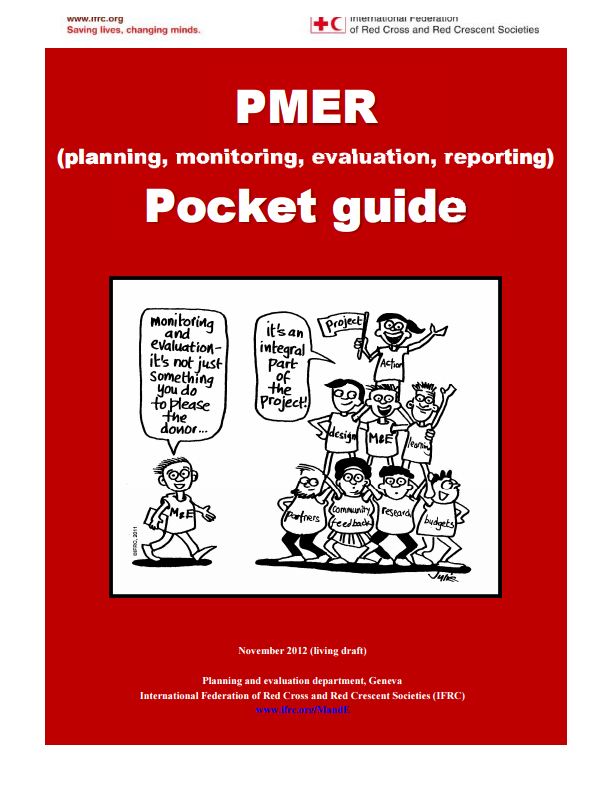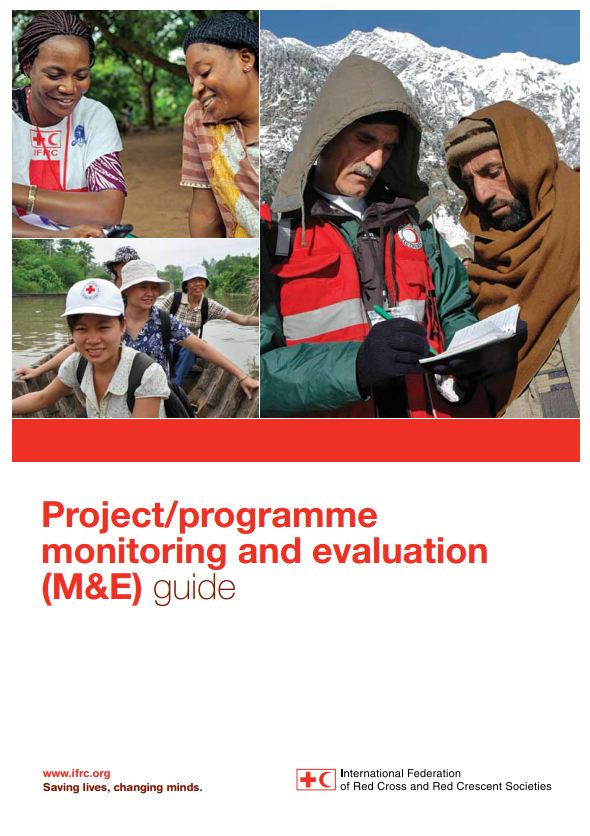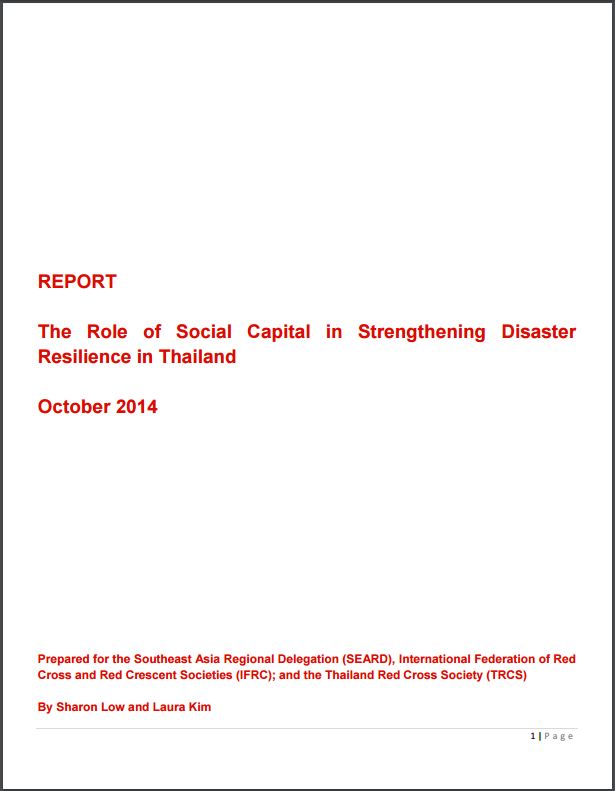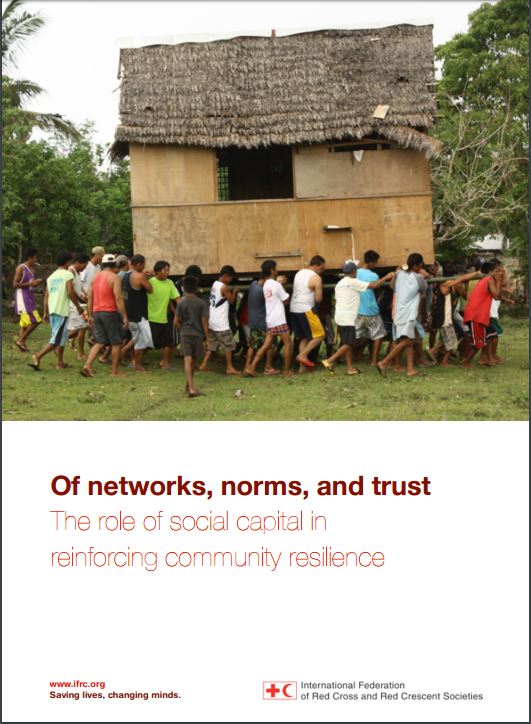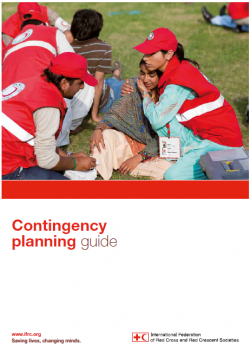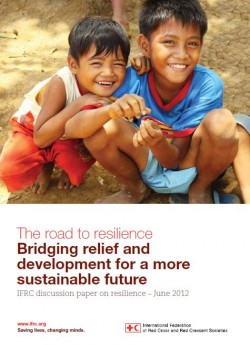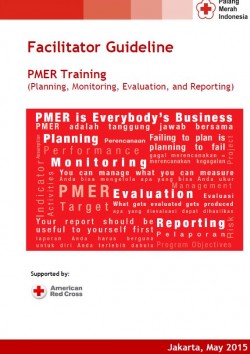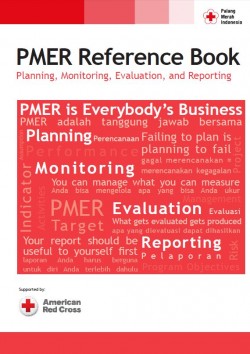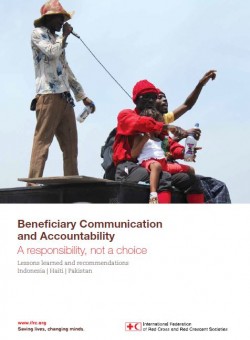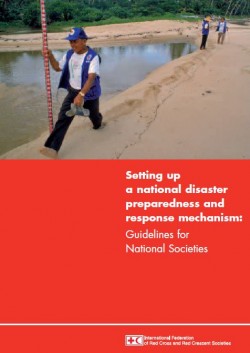The Role of Social Capital in Strengthening Disaster Resilience in Thailand
Purpose
This study aims contribute to the existing evidence base on how social capital can be harnessed to strengthen disaster risk reduction (DRR) in Thailand. While social capital is generally recognised as an important means to building community resilience, there is still little knowledge about how it can be best utilised towards DRR efforts. The study is based on a literature review and field work carried out in three communities in Thailand.
Overview
- The study finds that, despite the attachment and harmony that people feel towards their community, levels of social trust are low. This has implications not only for Thai communities’ abilities to respond to, and cope with, disasters, but also in their abilities to prosper and thrive as a nation.
- Thai communities are built on strong family ties and on strong bonds with friends and neighbours. It is a society of very strong immediate networks, in that very few people lack a support network. However, this means that, for the minority that do lack social capital, life can be extremely difficult. As such, investments in social capital must ensure that they are broad-based and inclusive, with a focus on integrating marginalised populations, such as undocumented migrant communities or political and religious minorities.
Usage: Learning from experience
Audiences: National Society leadership, Technical staff
![]()
Of Norms, Networks, and Trust. The Role of Social Capital in Reinforcing Community Resilience
Purpose
This study analyses the role of social capital in community resilience. The paper bases its analysis on recent literature and on case studies from nine communities in Nepal, China and Myanmar. The research included a household survey with 888 respondents, and workshops with communities and Red Cross branches.
Overview
- Cognitive aspects of social capital such as social embeddedness, trust and propensity to civic engagement appear to be the critical foundation on which overall resilience depends. The case of Bingalar, a Myanmar village severely affected by the 2008 Cyclone Nargis, where villagers supported each other through the first days of hardship and recovery, illustrates how social capital can make a tremendous difference to resilience and overall outcomes.
- Social capital is one of the key driving forces behind community resilience – the others being economic, human, physical and natural capital.
- The study finds that existing IFRC tools can be used to assess structural aspects of social capital if they are properly understood and used. For instance, the baseline survey tool (part of the VCA toolkit) needs to be complemented with a component that can capture cognitive social capital.
Usage: Learning from experience
Audiences: Technical staff
![]()
Contingency Planning Guide
Purpose
This document provides an overview of the key elements of contingency planning. It provides guidelines for contingency planning; planning priorities will differ according to the context and scope of any given situation.
Overview
It is essential to develop contingency plans in consultation and cooperation with those who will have to implement or approve them. The guide breaks contingency planning into five main steps: prepare, analyse, develop, implement and review.
- Prepare: Definition, when, how and where to plan, data collection and practical steps to prepare
- Analyse: Vulnerability and Capacity Assessment, Hazards and Risk analysis, Disaster impacts, Roles, mandate and capacity of National Society, Scenarios
- Develop: Strategies, goals and objectives, Activation and management of the plan, coordination
- Implement: Analysis and action plans, standards operating procedures, early warning and alert systems, logistic and program readiness, human resource and resource mobilization, training and simulation, linkages and communications
- Review: updating and evaluating plans, real-time evaluating and after the response.
Here is the outline of the document:
- The first chapter of the document sets out some of the definitions, key considerations and principles that must be taken into account when preparing a contingency plan.
- The second chapter helps planners to create realistic scenarios on which the contingency plan will be based, including what the priority humanitarian needs would be and the Red Cross / Red Crescent role in addressing these.
- The third chapter sets out the detailed process of writing a contingency plan, and outlines some of the key components.
- The fourth chapter looks at how certain parts of the contingency plan could be put into place immediately.
- The fifth chapter looks at the need for updating information regularly to keep a contingency plan current and relevant.
Usage: Policy development
Audiences: National Society leadership; Technical staff
Citation: International Federation of Red Cross and Red Crescent Societies (2012). Contingency Planning Guide (pp. 1-68).
![]()
The road to resilience – Bridging relief and development for a more sustainable future, IFRC discussion paper on resilience 2012
Purpose:
The purpose of this document is to present key partners with the IFRC’s definition of, and perspectives on, resilience. It includes case studies from America, Asia and Africa.
Overview:
- For the IFRC, resilience is defined as the ability of individuals, communities, organisations, or countries exposed to disasters and crises and underlying vulnerabilities to anticipate, reduce the impact of, cope with, and recover from the effects of adversity without compromising their long-term.
- Interventions to strengthen resilience aim to: (a) address underlying causes of vulnerability in order to protect development; (b) reduce and mitigate radical drops in resilience caused by disasters and crises; and (c) enhance bouncing back from adversity.
- To strengthen resilience there is a need to accept that people come first. Resilience is not something outsiders can do, or bring to individuals or communities; one must respect local ownership. Dependency on outside support or substitution should be avoided as much as possible. It is also necessary to engage in comprehensive cross-sector assessments, planning and implementation, and to develop a long-term perspective. Strengthening resilience does not happen overnight and requires long-term engagement and investment; working in partnership; knowing the limits; and strengthening disaster laws and policies.
- Characteristics of a resilient community, with case studies, can be found on pp. 17-25.
Usage:Guidance for project implementation
Audience: National Society leadership, Technical staff
![]()
PMI Facilitator Guideline – Planning, Monitoring, Evaluation and Reporting (PMER) Training
Purpose/Overview:
- Introduction to Planning
- Identification
- Design
- Set up
- Implementation planning
- Implementation
- Monitoring, evaluation and reporting
- Transition/closure
- PMI Key Policies, Strategic Plan and Operational Plan 2014-2019
- PMI PMER (Planning, Monitoring, Evaluation and Reporting) Reference Book
- PMI Planning and Reporting Guidelines
![]()
PMI PMER (Planning, Monitoring, Evaluation and Reporting) Reference Book
- Introduction to project/program planning
- Project/program cycle, from project/program identification, design, set up, implementation, monitoring and evaluation, and end of project transition.
![]()
Beneficiary Communication and Accountability. A Responsibility, Not a Choice: Lessons Learned and Recommendations
Purpose
This document outlines lessons learned from recent beneficiary communication and accountability (BCA) programmes in Indonesia, Haiti and Pakistan and provides recommendations and emerging guidelines for volunteers and staff in the International Red Cross and Red Crescent Movement on how to incorporate BCA into emergency response, recovery and development work.
Overview
- Programme Delivery: BCA programming should go beyond one-way information, and instead form a two-way dialogue with communities, to support well-informed and better quality programming and advocacy. Two-way communication should become a priority in the recovery phase of a disaster programme if not before; communication with beneficiaries is more effective when the information is relevant, accessible, clear and timely. Multiple channels and methods should be used to communicate and link these; sharing all information, both positive and negative, builds community trust in the organisation. A beneficiary communication and accountability plan should also be developed that involves a society’s stakeholders and clearly defines roles and responsibilities.
- Strategy and leadership: Develop a BCA policy that explains the programme; integrate BCA processes into existing key policy and guidelines; articulate the link between BCA and accountability to beneficiaries.
- Organisational structure and programme title: Embed the BCA programme within sector programme teams, when possible, and consider changing the title of the programme to reflect links to accountability.
- Resources (technical, financial and human): Invest in capacity-building of BCA volunteers and staff and the technology to support programming; modify BCA volunteer and staff terms of reference to reflect expanded functions of the beneficiary communication role.
- Skill-sharing processes and internal networks: Raise awareness of the importance of BCA approaches to stakeholders through training, and internal and external communication.
Usage: Guidance for project implementation
Audiences: Technical staff, Communication staff, Volunteers
Citation: International Federation of Red Cross and Red Crescent Societies (2011). Beneficiary Communication and Accountability. A Responsibility, Not a Choice: Lessons Learned and Recommendations (pp. 1-68).
![]()
Setting up a National Disaster Preparedness and Response Mechanism: Guidelines for National Societies
Purpose
This publication presents a set of practical guidelines to support National Societies in developing the processes, systems, teams and individuals involved in preparing for and responding to, disasters. The guidelines acknowledge that response is, first and foremost, local but that it takes place within the global solidarity of the International Red Cross and Red Crescent Movement.
It includes case studies from Pakistan, Tajikistan, Belize and Sudan.
Overview
- The first stage in creating a National Disaster Preparedness and Response Mechanism is to develop the political will to do so. This decision must be supported by leadership at the top of the National Society in question. Section 1 of the document explains how to develop the political will within a National Society to set up the mechanism. This is done by linking the mechanism with global priorities, taking the decision to establish and support the mechanism and, finally, defining the general direction and allocating resources accordingly.
- The next step is to ensure that the conditions are viable to establish the mechanism. Section 2 sets out the tasks involved in ensuring that the conditions are ready. First, this means making sure that all staff and volunteers understand the National Society and its wider context, and accept the need for the mechanism. It also involves linking the mechanism to existing operations, integrating policy into strategy and planning, and planning for implementation and sustainability.
- The final stage in establishing the mechanism is to ensure that it is ready to operate successfully. Section 3 outlines the key steps in implementing the mechanism. This involves putting in place effective procedures for recruitment, capacity-building and high-quality deployment. It also comprises work to coordinate operations with other international response activities, integrate the mechanism teams in existing operations, monitoring and evaluation, and guaranteeing continuity and sustainability.
Usage: Guidance for project implementation; Policy development
Audiences: National Society leadership; Technical staff; Human Resources
Citation: International Federation of Red Cross and Red Crescent Societies (2010). Setting up a National Disaster Preparedness and Response Mechanism: Guidelines for National Societies (pp. 1-64).
For other related information, click here: Video on Setting up a Disaster Preparedness and Response Mechanism
![]()


